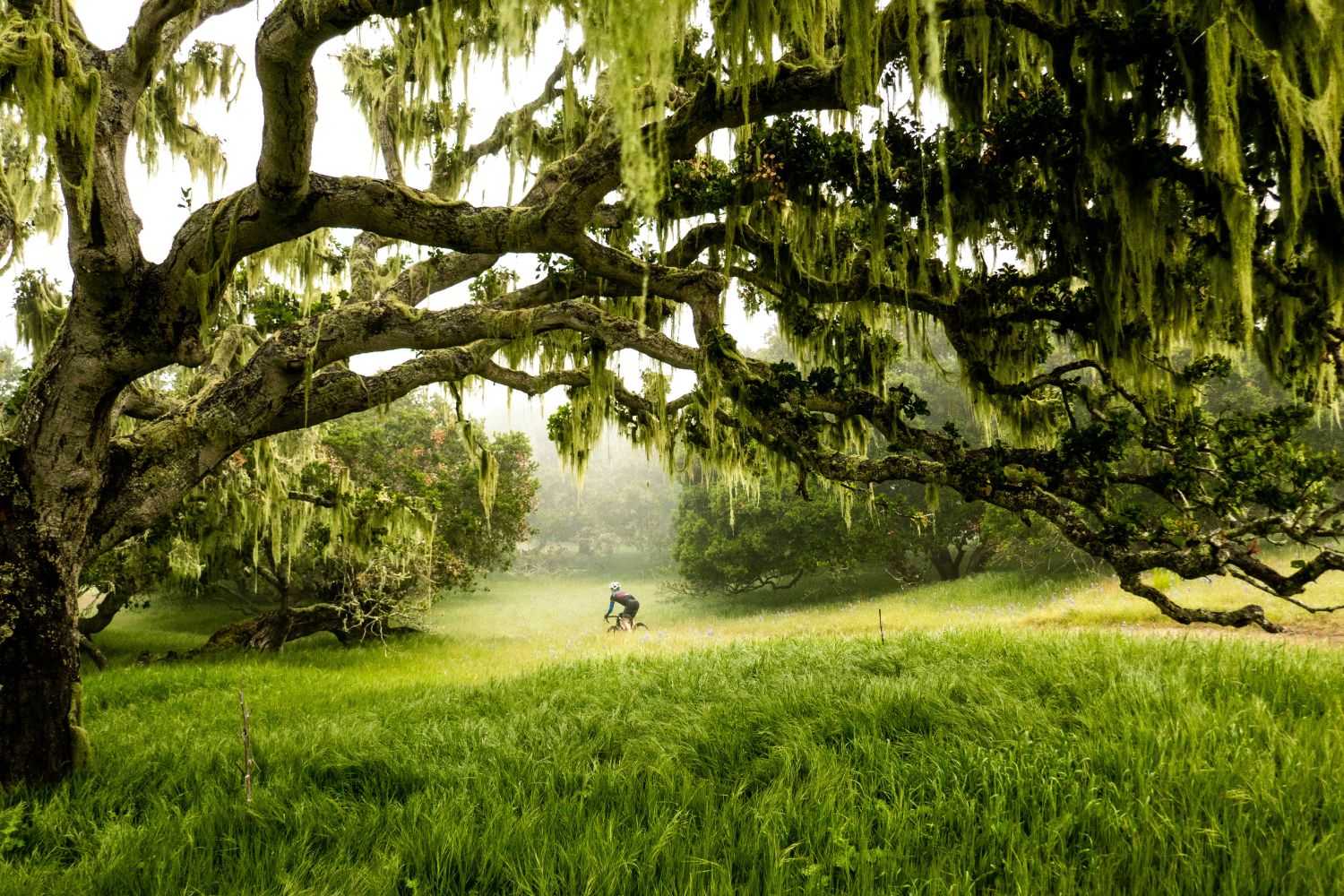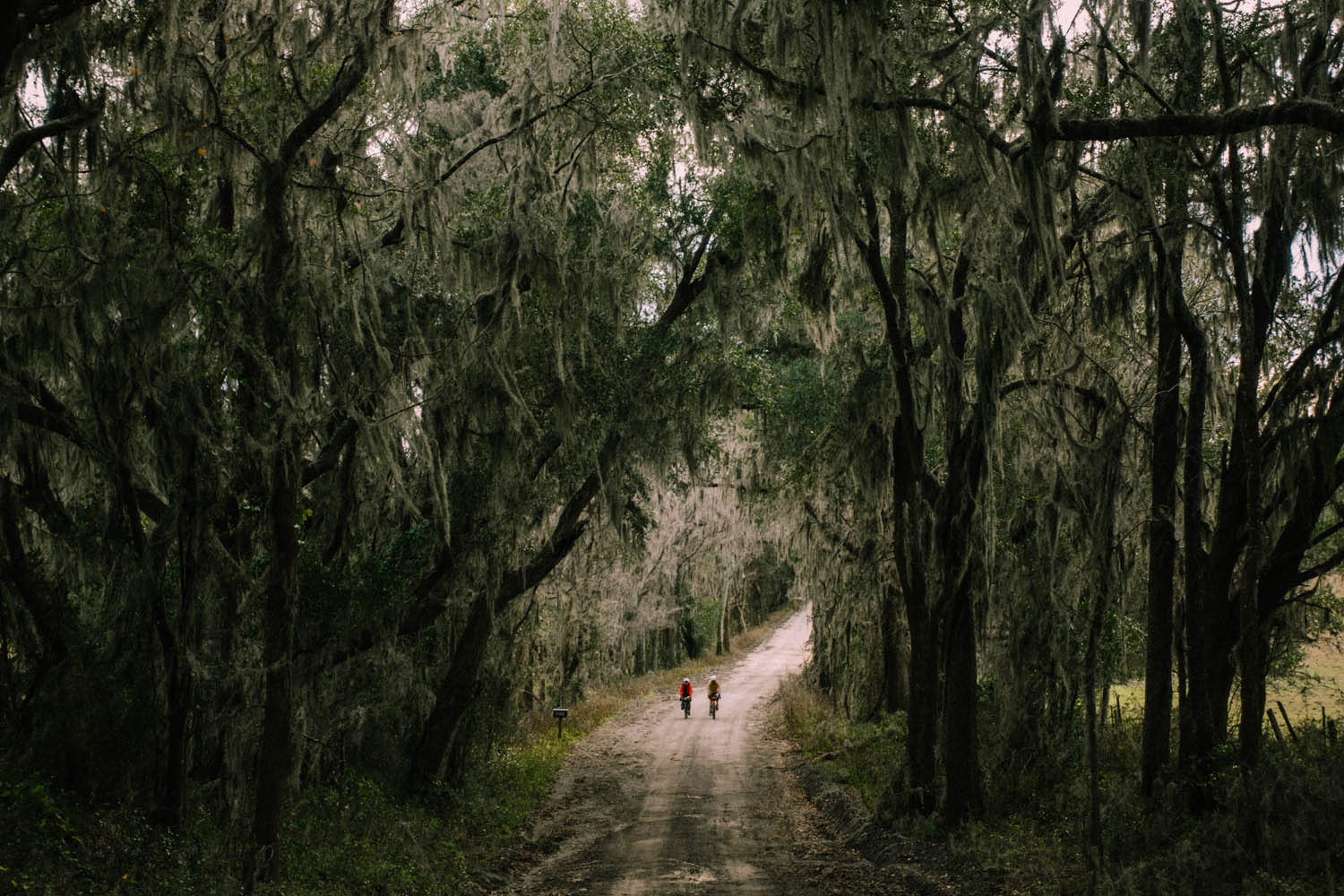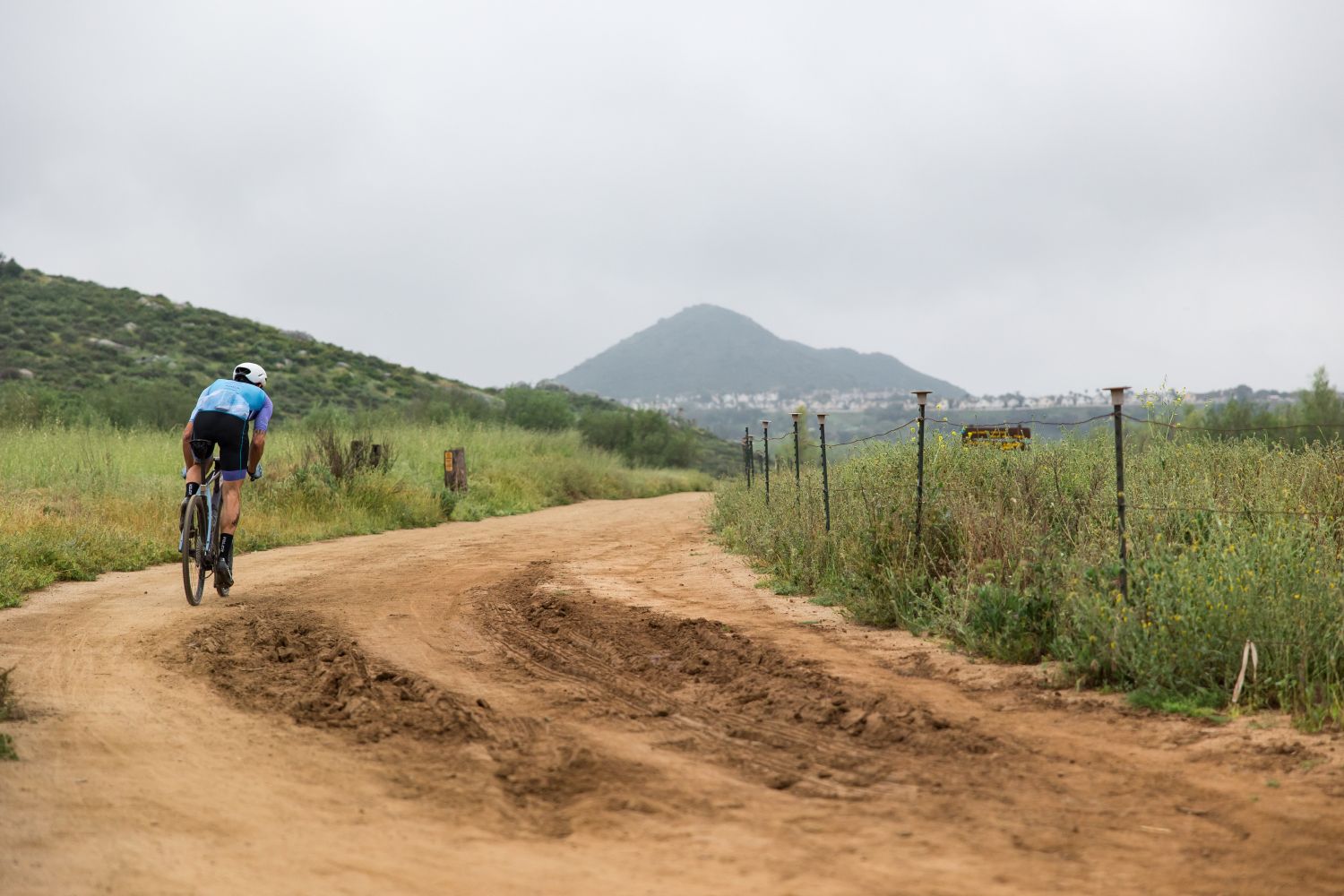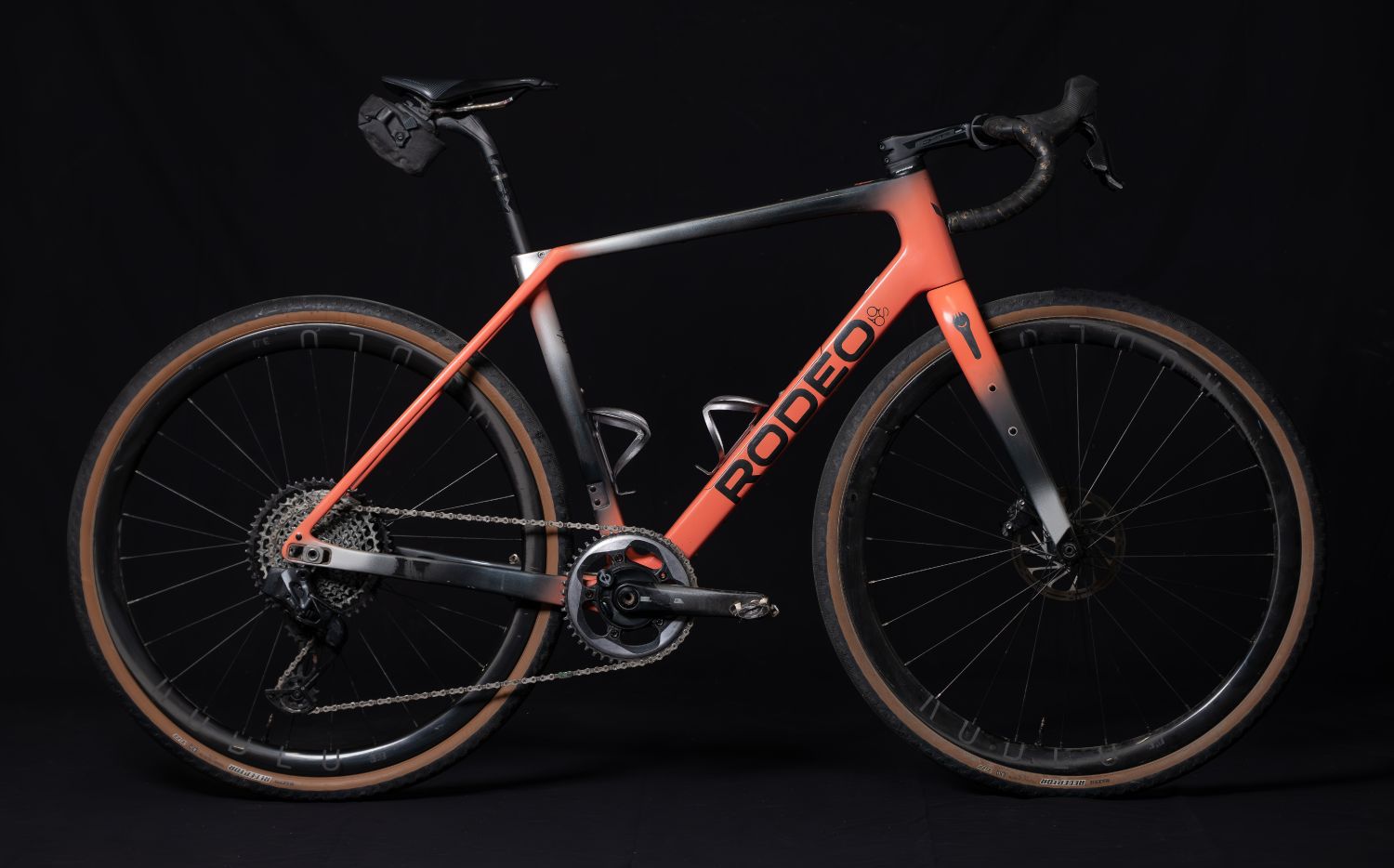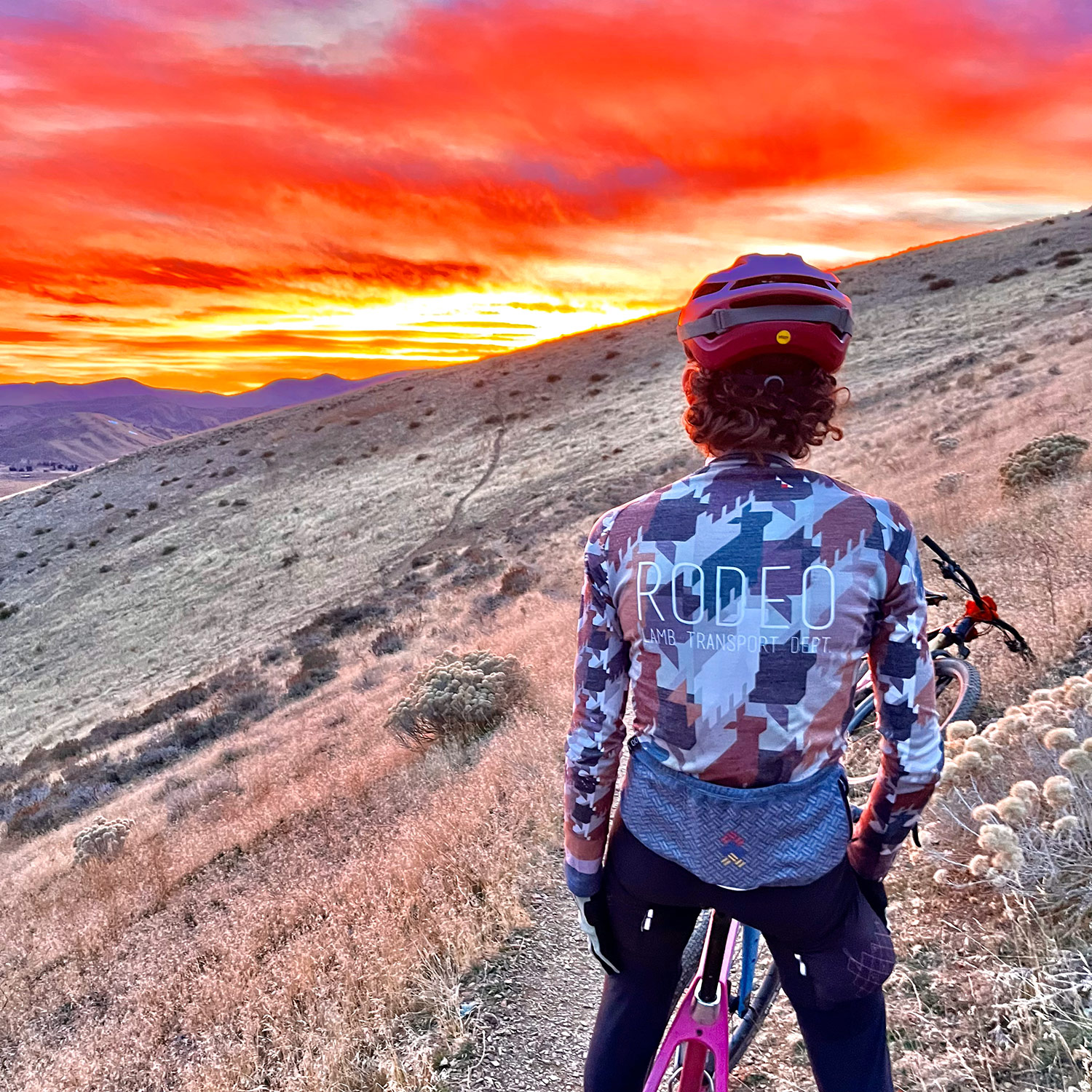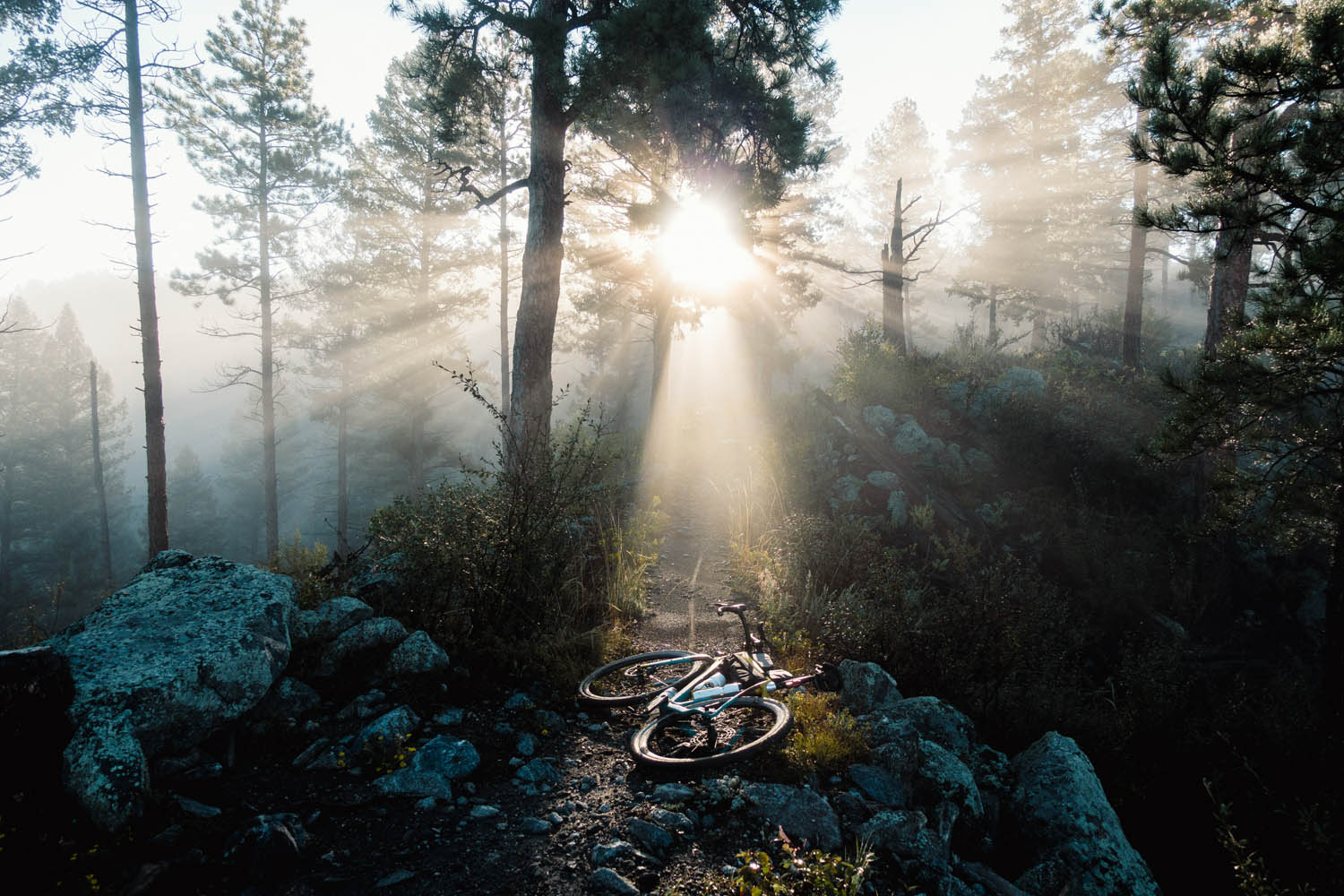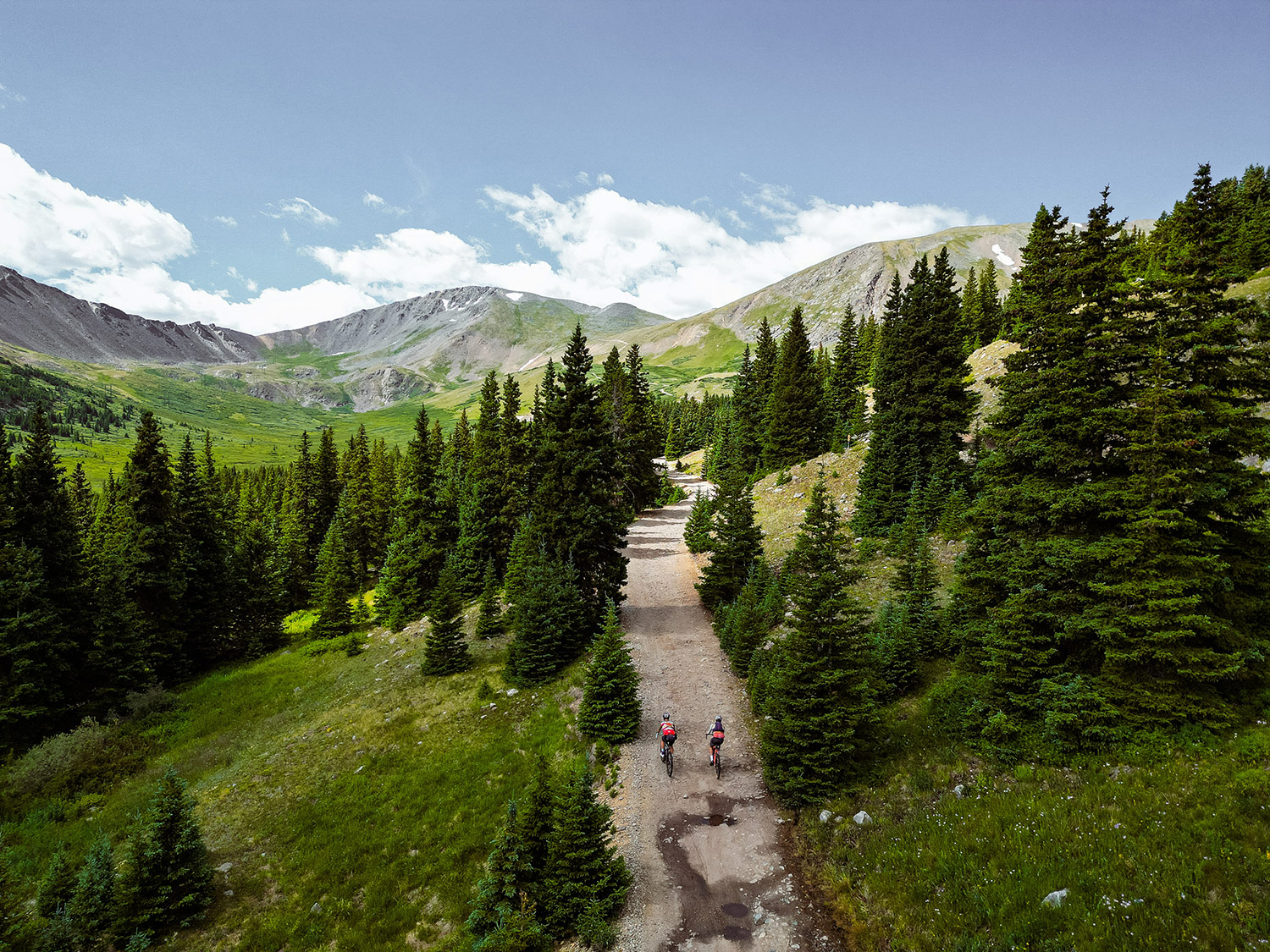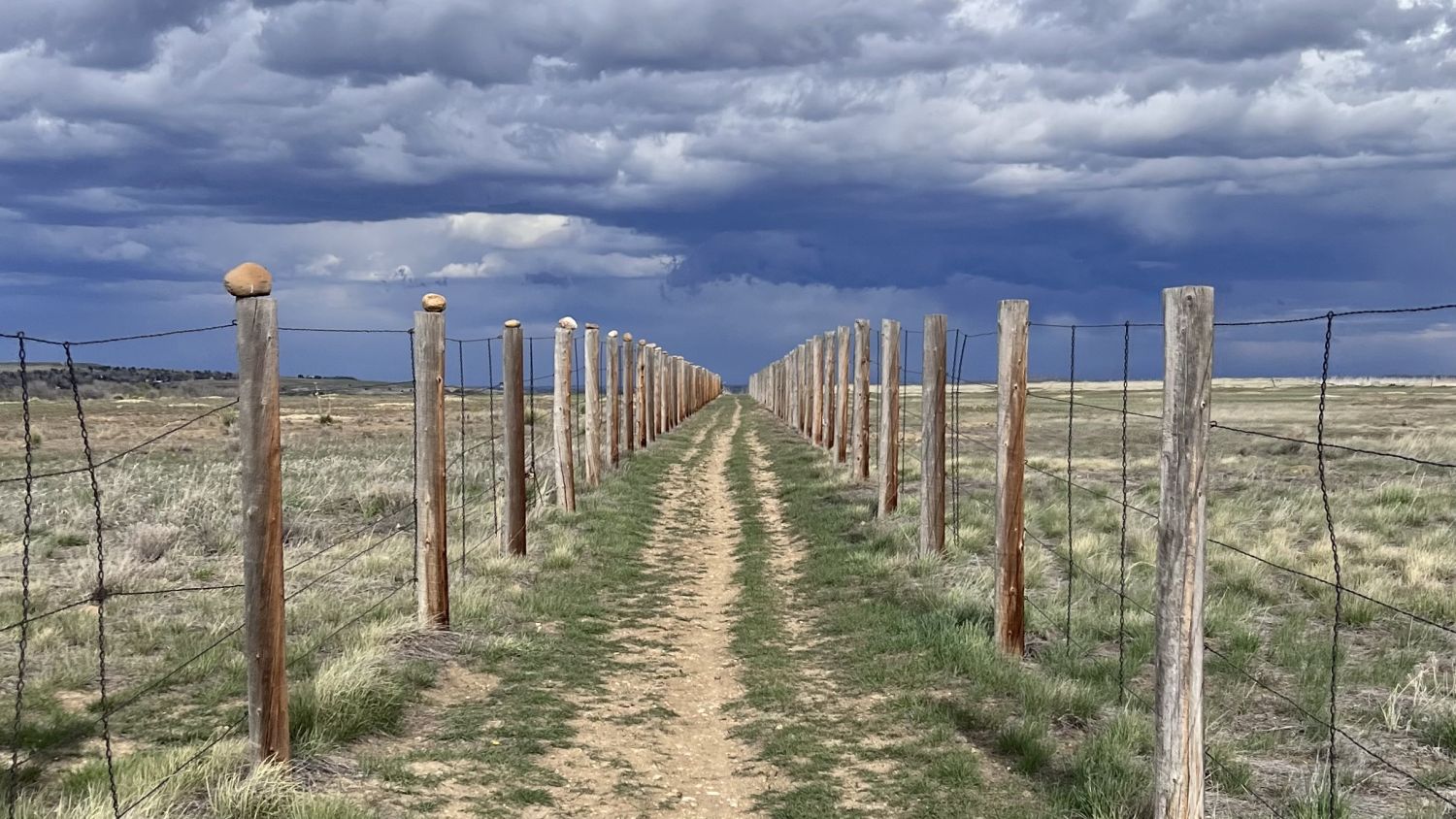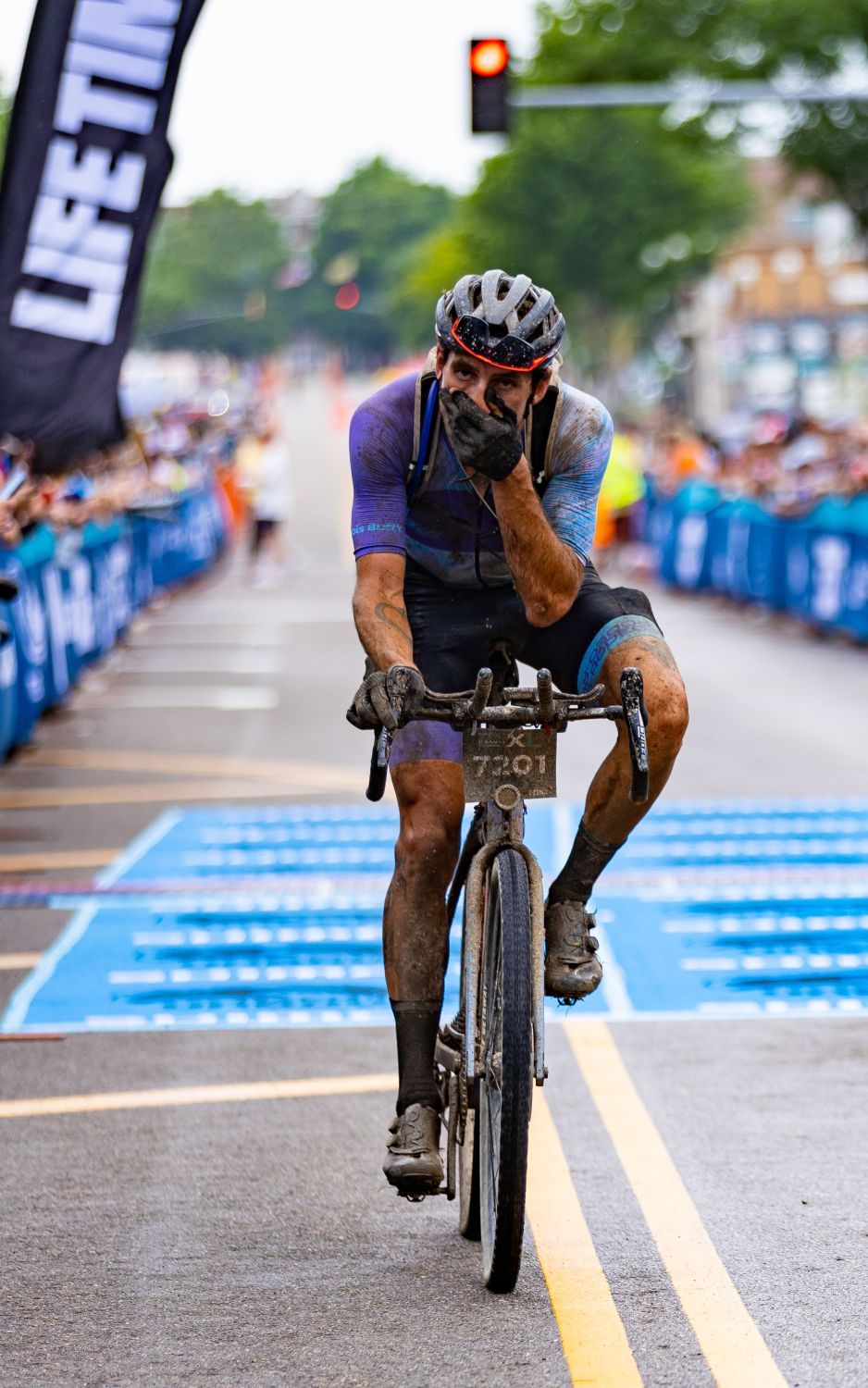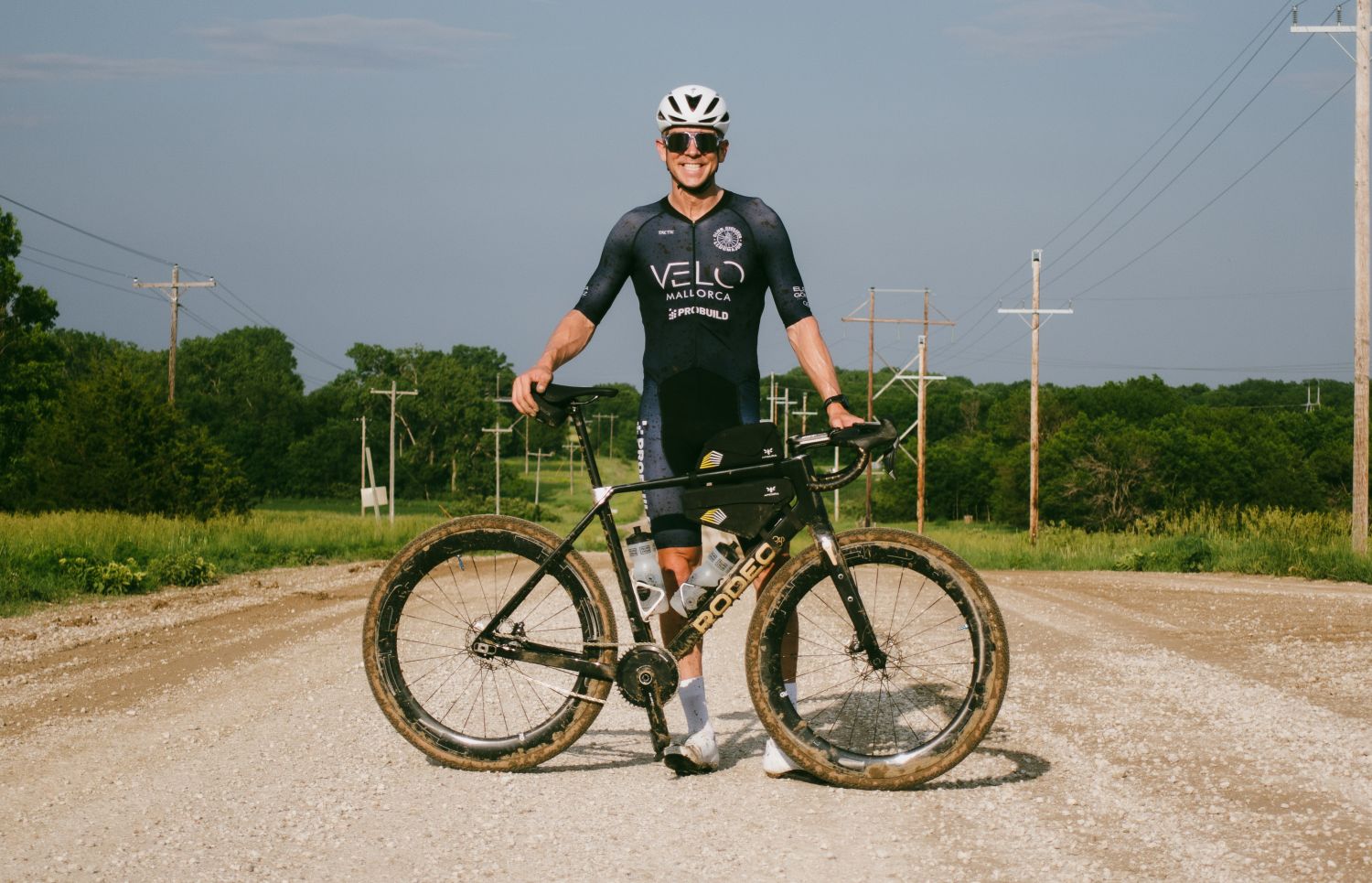I’m not sure how it’s April 2024 already, but here we are. Newsletters are tricky! Each month I intend to write one, but they are probably the single most difficult thing for me to stop what I’m doing and work on. There is so much to catch you up on though! Rodeo Labs has been non-stop on so many levels through the end of last year and into this year, and I’d love to bring everyone up to speed.
Continue readingDonkeys Fly South: Southern Migration recap
Once upon a time, exactly ten years ago, when Rodeo started, it was 100% about community. There were no products, no ambitions, no balance sheets. We started a team, we invited anyone who wanted to join the team, and we had no plan from there. Whatever happened, happened, and a lot happened. In the following months an entire community sprang to life not just locally in Denver, but throughout the state, throughout the region, and throughout Colorado.
Continue readingA Season of Lessons, Pt II
Summarizing a 10-month season of racing is complicated, but in an effort to take you all along with me through 2023, I’m going to try. Events like Mid South in mid-March now seem so distant compared to the more recent sweltering heat of Foco Fondo in July. Now it’s December, and I’m deep into prepping miles for the 2024 season. My brain wanders while on the trainer: What is it that defines a season as a success or a failure? Is it really either-or, or is it neither-nor?
Continue readingFour improvements with TD4
Bike brands spend a lot of time obsessing over details that distinguish their product from others. They hire PR firms, bring in R&D to discuss and verify the finer points. They hire athletes to say they ride faster because my gear is better than other peoples, or something close to that. Comparison is important in a market place of ideas and products, after all.
Continue readingEverest (ing) by Donkey
Everesting is a ride wherein riders ride a single hill over and over until they’ve climbed the height of Mount Everest. That’s 29,032′ or 8848m.
I decided to do an Everest attempt after doing a last minute Instagram poll just throwing it out there to see if I should give it a go. 100% of you said yes. I wasn’t sure if I would do it up until this point and since this was the day before I was pretty ill-prepared.
Continue readingThe Rodeo Newsletter, Vol 3
Summer has transitioned to fall, and with the change of seasons a lot of change has also come to Rodeo Labs, even more than I had anticipated, it seems! So before we dig into any product or event news, let’s talk about the biggest news at Rodeo Labs right now:
We’ve moved!
Continue readingThe Rodeo Newsletter, Vol. 2
It has been a hot minute since I last published a Rodeo Newsletter, and there is a whole summer worth of activity to bring everyone up to speed on, so let’s get started!
Continue readingRobididn’t: Open Range Tornados
I experienced a wide range of emotions after standing on the podium at Unbound. Climbing up there and fulfilling a long journey of hard work and sacrifice filled me with elation. However, it also left me with a lingering question of “what’s next?” The following four days were mostly filled with snacking and sleeping as I basked in achieving my biggest goal of the year, only touching the bike to clean it.
Continue readingUnbound: The Gloopy Glamour of Gravel
When you’ve been living in a place for ages, it’s easy to overlook its charm. Growing up just a couple of hours outside Emporia and spending most of my life in Kansas, I couldn’t fathom why people would travel from far and wide to race on seemingly dull and unchanging roads. But then, amid a grueling nearly 25-hour journey, a realization hit me like a lightning bolt. As I pedaled along the ridge, the undulating emerald hills stretched for miles while ominous thunderclouds loomed above—a quintessential Kansas storm rolling in to welcome me back. There was nothing to do but smile and hope it wasn’t too harsh. Soon, a refreshing 30-minute drizzle came to my rescue, and I found myself grateful for the momentary respite from the heat and electrified by the surrounding beauty.
Continue readingLucas’ Unbound 200 singlespeed winning TD4
Lucas Clarke’s Unbound 200 single speed ride had us speechless, and the numbers tell the story impressively:
- 1st place Singlespeed 200miles.
- Fastest 200 mile singlespeed time in the history of Unbound.
- First singlespeed to break twelve hours.
- FIRST athlete / bike, period, through the mud to the first timing point.

